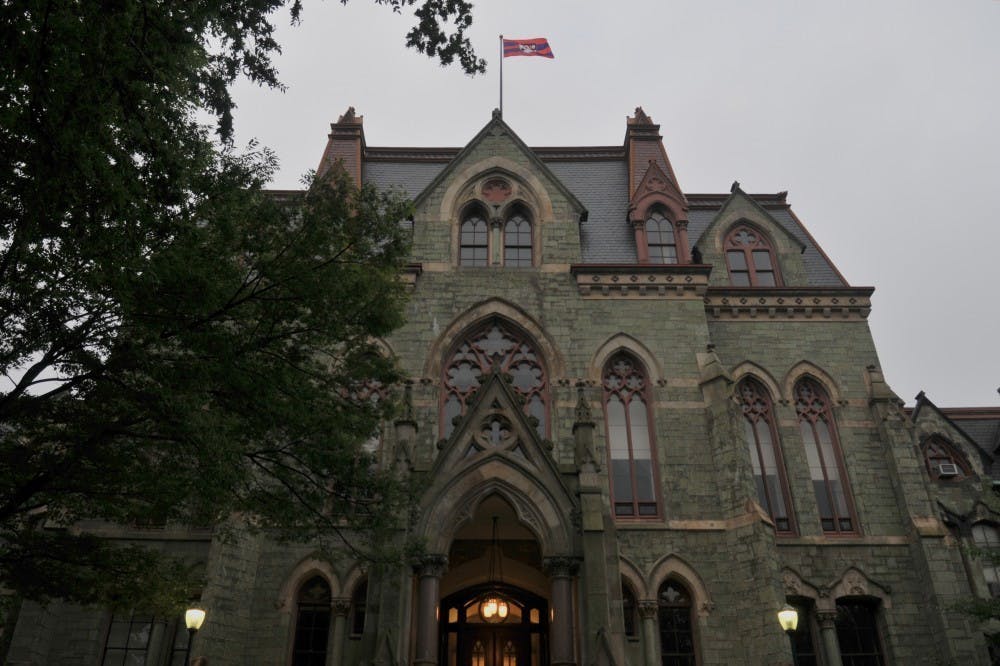Tucked into the frantic shuffling of College Hall’s third floor is a discreet stairway winding its way up into the mysterious Philomathean Hall. When the space isn’t hosting talks with professors or student presentations, it houses art collections comprised of both student and outside works. The latest of these is curated by Prakash Mishra (W'19, E'19) and focuses on the sexuality and gender identities of different Asian groups. The exhibit explores themes of history, fetishization, stereotyping, and personal experience. Each of these separate perspectives on queer identity is placed into its own section comprised of both visual and written works. The exhibition ran from October 11th to October 13th and was free and open to all individuals.
One Penn artist photographed his Chinese father’s first time at a nude beach, placing that jarring photo in a series of more traditional settings for his father. Another artist, sourced through the Philadelphia Asian Arts Alliance, played with the Western fascination with Hentai porn mags. The artist covered herself with an octopus in a move that was half Vogue fashion shoot, half cinematic porno. Finally, Arick Wong produced a written piece entitled, “Too Many Names” which skewers the Western fetishization of East Asian women.
The gallery also hosted an opening night gala with performances from Penn Masala, Penn’s all male South Asian a capella group, Penn Atma, its female equivalent, and Penn Lions, a lion dance troupe. The evening also featured mocktails and a guided tour of the exhibition. Print additions of the art will appear in the Philomathean Society’s journal, Philomel.
This exhibition is not Philo’s first time focusing on identity politics. Last year the gallery hosted an exhibition on American Muslim identity both on and off of Penn’s campus. The previous year, the gallery hosted an exhibit on rape culture in Brazil as part of a wider showcase of senior Fine Arts students. While previous occupants of the Philo gallery were usually separate Penn student groups or outside artists, this exhibition was one of the first fully curated by a Philo member.
Prakash says that the gallery “will start to put out more of its own independently curated shows” and that “Philo was going to start engaging with campus more through artistic displays.”







